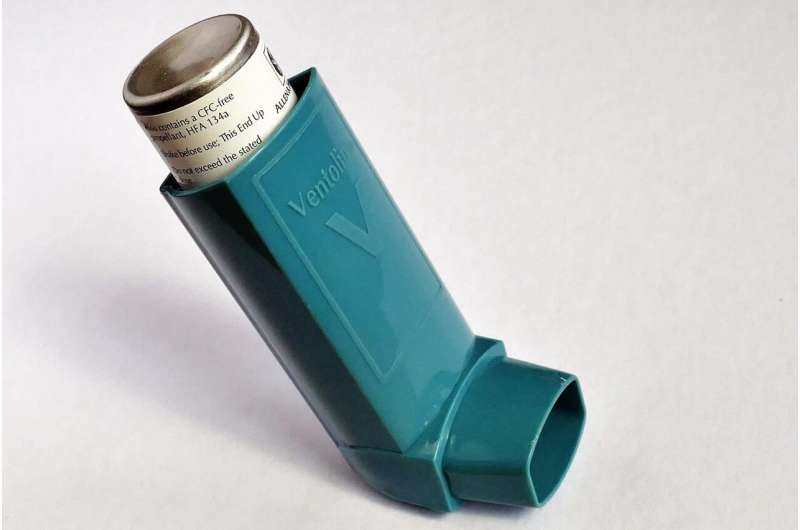Ask the Pediatrician: How should parents set up an asthma action plan?

Q: Our pediatrician said we should have an asthma action plan for our son. How do we do that?
A: An asthma action plan is designed to help families manage a child's asthma. The goal is to avert asthma emergencies by preventing and controlling flare-ups.
Because asthma affects people differently, asthma action plans are personalized for your child.
Generally, the plans include a list of the medications taken, early warning signs for asthma symptoms, and instructions on when to use the medicines and to call your health care provider. You should share a copy of the plan with your child's school, child care provider, and any other place at which your child spends a significant amount of time.
If your pediatrician didn't give you a blank plan to fill out, you can download one from the American Academy of Allergy, Asthma & Immunology website.
Your child's asthma action plan will be divided into a traffic light format:
Green means go. This is your child's everyday plan.
Yellow means proceed with caution. This is for when your child isn't feeling quite right. Follow everything in the green zone, but add on other options.
Red zone means danger. This is urgent, when your child quickly needs medications and medical attention.
The plan also should have:
Contact information: Every plan should have information about your child, including name and family contact information. It should also have the name and phone number for the doctor who takes care of your child's asthma, whether it's your pediatrician or a lung doctor.
Peak flow: Depending on your child's age, there may be a number written at the top of your plan. This number measures how hard your child can breathe out when feeling healthy on a peak flow machine. It is a good way to see if the breathing effort is normal.
Here's how the zones break down:
Green zone: Every day
The Green Zone represents what you should do when your child is feeling normal. This is what to do when your child is breathing comfortably, sleeping through the night, not having any coughing or wheezing, and can play. It means your child's peak flow range is normal.
Your child's daily controller medication will be listed here, along with how much to take and when to take it. This is the medication that your child should take every day. Examples include inhaled steroids or anti-allergy medication.
Some children have exercise-induced asthma, or asthma symptoms that flare up at this time. For children with this issue, medicine they need to take before exercise should be listed.
Yellow zone: First signs of illness
The Yellow Zone is for when your child may be starting to get sick and is at risk of having an asthma flare. Symptoms include cough or cold symptoms, some wheezing, having a known trigger for a flare (like change in weather), coughing at night, or having a tight chest or belly pain (little kids have a hard time knowing if they are having belly pain or chest pain). The peak flow range listed will be less than normal.
Your child will need to take all of their Green Zone medication plus the medication listed in the Yellow Zone. The Asthma Action Plan will include how much of the medicine to take and how often.
Your plan will also list when to call your child's doctor if the symptoms are not improving or getting worse.
Red zone: This is urgent!
The Red Zone is for when your child is sick and their asthma flare is dangerous. Medicine is not helping, you notice your child is breathing hard and/or fast, you can see your child's ribs while they are breathing, your child's nose is opening wider when they breathe (called nasal flaring), or your child cannot talk because they are having a hard time breathing. The peak flow range listed will be low.
Call your doctor immediately. If it is after the office is closed, go to the emergency department or call 911.
You should also give all the Green Zone medications and whatever rescue medications are in your Red Zone. Your asthma action plan will also include how much of the medicine to take and how often.
Ask your pediatrician for help if you have questions about filling out the plan.
2022 Tribune Content Agency, LLC.




















